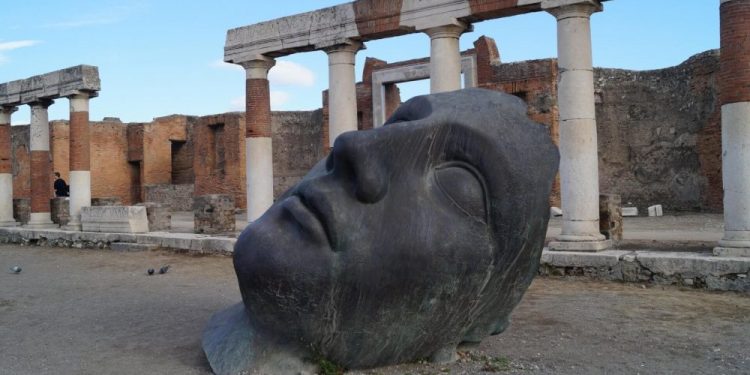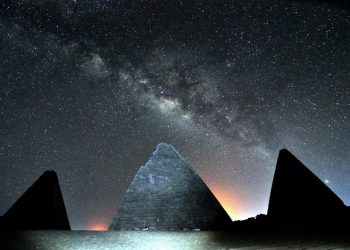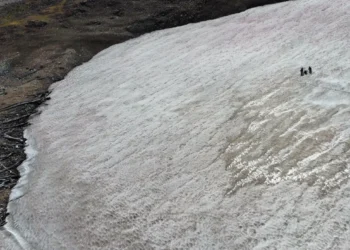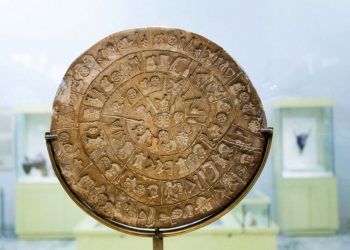Can you imagine how our modern world would look like if archaeology did not exist? In what other way would we be able to unfold the mysteries of the past that shape our history and identity?
Many valuable archaeological discoveries made in different historical periods allow us to peek into the secrets of the past, which we have always been curious about. Every discovery and glimpse of the past is valuable, but there are those of special significance.
With this said, here is our unique list of 5 archaeological discoveries that changed the world.
1. The Terracotta Army
The Terracotta Army is the name of 8099 statues of Chinese terracotta warriors at the mausoleum of the first Chinese Emperor – Qin Shi Huang, who united China in the 2nd century BC. and paved the way for its future glory.
Only a year after his accession to the throne, the 13-year-old emperor began building his tomb. The statues were supposed to accompany the emperor to the afterlife and probably enable him to realize his ambitions for power even after death.
The site was discovered by accident in 1974 by local farmers. Although the army is situated in front of the tomb, the Emperor’s actual grave and remains have not yet been found decades later.
2. The Rosetta stone
The year is 1799. Under the command of the young and ambitious Napoleon Bonaparte, French troops try to strike at the sworn enemy – England. Moreover, not on its territory, but in one of the most important colonies – Egypt.
On July 15, 1799, while building additional fortifications near Fort Saint-Julien, Napoleon’s soldiers came across an unusual stele. The large black basalt stone they found was covered with incomprehensible writing. The French officers were very resourceful and immediately realized that they had encountered something important.
This is how one of the most significant historical discoveries was found. No other artifact has given historians such knowledge about Ancient Egypt as the Rosetta stone. Only after its discovery were historians able to understand the ancient Egyptian hieroglyphs and, thus, to unfold countless mysteries about one of the most ancient civilizations.
3. Machu Picchu
The lost city of the Incas, commonly known as Machu Picchu, is easily among the most beautiful archaeological discoveries, not to mention one of the most important.
Established as the sacred mountain residence of the great Inca ruler Pachacuti a century before his empire fell, it functioned until 1532, when the Spaniards invaded the empire.
There is no written record of the Inca city due to the simple fact that the Incas had no writing. This is the main reason why it remained hidden for centuries from prying eyes high in the jungles of the Peruvian Andes.
Apparently, the inhabitants of the city disappeared without a trace in 1532. Historians have no answer to this mystery, but a simple theory exists that they were driven away by the smallpox epidemic.
Whatever their reason could have been, the city remained hidden for nearly 400 years before it was found in 1911.
4. Tutankhamun’s Tomb
Tutankhamun’s subjects regarded him partly as a god and partly as a man. His death in 1323 BC. put an end to an era – the time when Egypt was an imperial power. The circumstances surrounding Tutankhamun’s death remain a mystery. Equally unclear is the reason why he was buried in an unusually small tomb.
Nevertheless, the tomb discovered by Howard Carter after almost 3,000 years of oblivion made the little-known pharaoh the most recognizable to the general public today. In his tomb, Howard Carter discovered glittering treasures, undisturbed for thousands of years.
It is a complete surprise how his tomb remained undiscovered, knowing how many ancient Egyptian monuments have been looted before archaeologists were able to locate them.
5. Pompeii
No matter how much you read about Pompeii, nothing can prepare you for the unbelievable sight of this ancient city.
It is as if the ancient Romans left it only yesterday. The homes, wine cellars, public baths, and brothels they left behind are literal windows to the past. No other archaeological discovery gives us such a clear impression of the life that flourished in one of the most prosperous cities from the Caesars’ days.
Join the discussion and participate in awesome giveaways in our mobile Telegram group. Join Curiosmos on Telegram Today. t.me/Curiosmos











